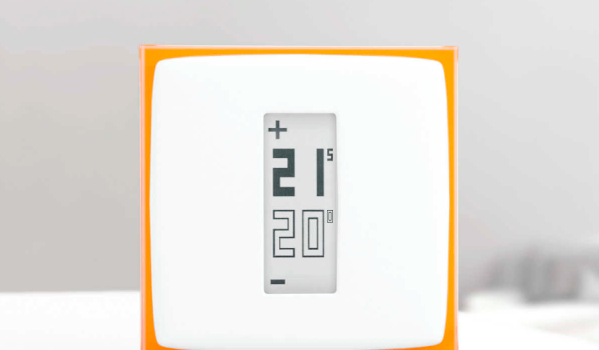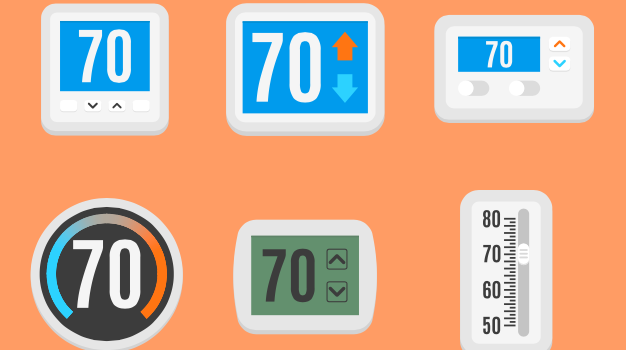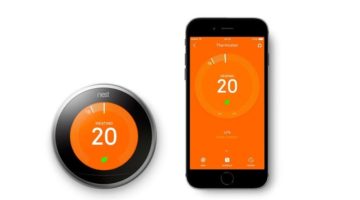
Smart thermostats stop you having to fiddle with your heating and make sure your house stays a nice ambient temperature. We’ve reviewed lots of them before but we thought it was time for an update, as they keep getting better! There is a new generation of smart thermostats and the gap between models is shortening, but there are still a few things which set them apart from each other.
The smart thermostat market has really taken off and they are present in thousands of homes across the UK. They can help homeowners and tenants learn how to manage their energy usage efficiently and cut their bills. Until recently, most homes have had one central thermostat, meaning it only reads the temperature in one location in the home. This is often in a corridor near the front door so the temperature it gives it not necessarily indicative of the whole house. Having sensors throughout the house means better control and less waste. With a smart thermostat, you can manage every second of heating you pay for, from outside the home on a smartphone, tablet or computer.
The technology allows you to easily adjust your heating and program your preferred settings for different days and times. And if you go out and realise you’ve forgotten to turn your heating off, this makes it easy to do!
Tado
Tado uses a combination of thermostat and smart radiator valves alongside ‘location-based control’ to adapt heating according to current weather conditions. It tracks household members’ phones to turn the heating off when they leave and to get the house warmed up when they are returning. You can install it yourself and it claims to save up to 31% on energy bills.
Netatmo
Netatmo is simple and user friendly, with optional additional models to track conditions outside. It allows you to easily set heating schedules. It also has an ‘Auto-adapt’ setting to adjust the indoor temperature automatically in cold weather. Its energy savings are reported to be up to 37% energy savings and users recieve a monthly customised Energy Savings Report. It also looks great!
Nest Learning Thermostat
Nest might just be the smartest of them all. It programs itself by monitoring your habits, learning from when you turn your heating up and down over the first week. It features a motion detector, temp sensor and humidity gauge and can be controlled from your phone. It can also heat water. It’s stylish, discreet and easy to read. A simple leaf symbol shows when you’re making energy savings.
 Hive Active Heating
Hive Active Heating
British Gas claims Hive can save you up to £150 a year. It has all the usual features: geolocation, reminders, frost protection, holiday mode and it can also control your hot water tank. It allows you to set schedules and monitor your usage and there’s an easy ‘boost’ setting which can override predetermined settings.
Heatmiser NeoAir
The Heatmiser is sophisticated but not easy to retrofit; it is best wired in to new builds/modern homes. It relies on individual room thermostats rather than TRVs. It’s wireless and 2xAA batteries will run it for 12 months. It can also control hot water app with an additional thermostat.
EcoBee
The EcoBee claims to save an average of 25% off an annual heating bill. It reads temperatures in multiple rooms. It warns of radical temperature readings, and senses when rooms are not occupied to avoid heating them unnecessarily. It senses when you go away, even if you haven’t programmed a holiday and heats on economy mode until you come back.
Intelligent heating has a number of benefits and we always recommend it. All these systems offer some level of control and are customisable – it’s up to you to choose which you think would best suit your needs!
Think we missed something? Do you have a different opinion?
Comment below to get your voice heard…













No Comments yet! Be the first one.